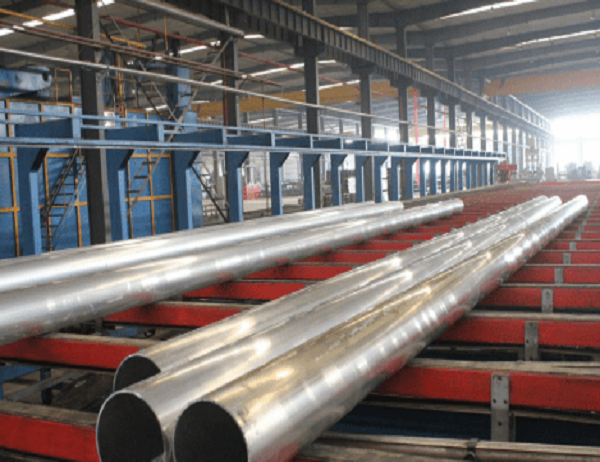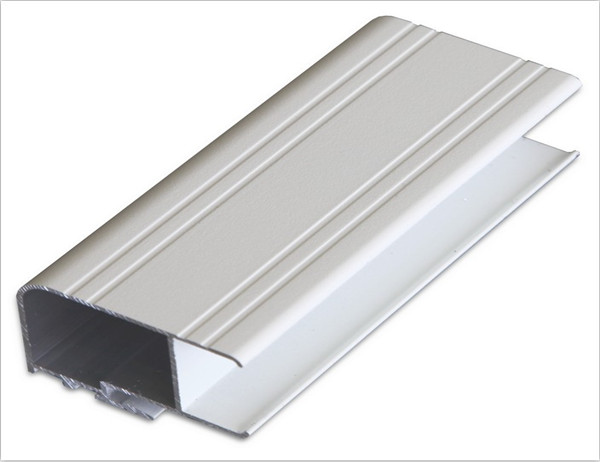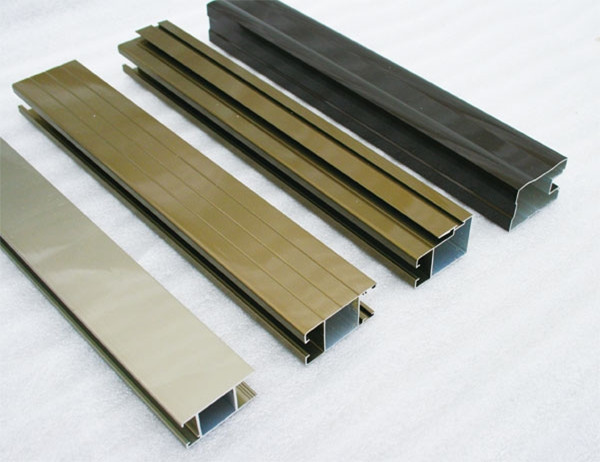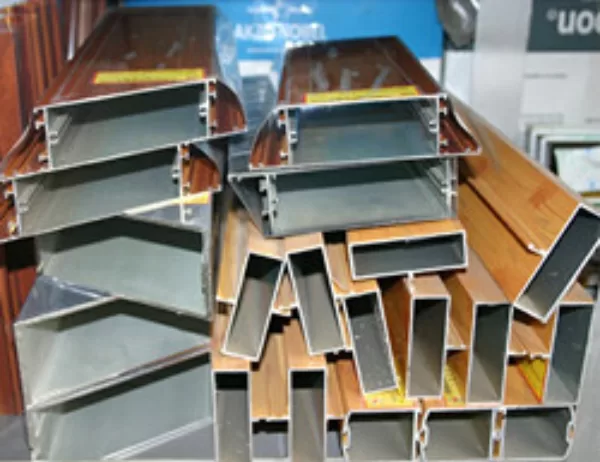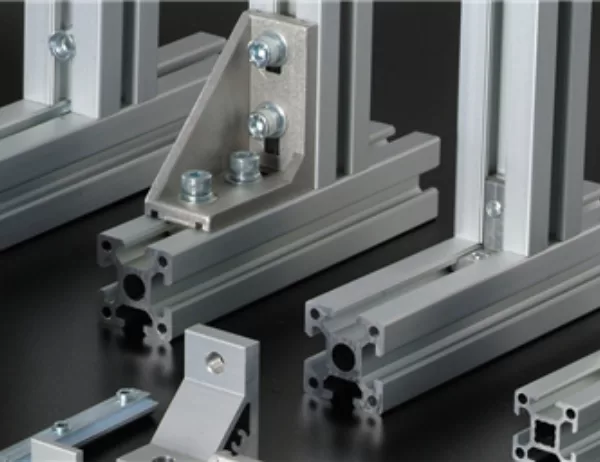Comparing Different Types of Aluminum Track Profiles
Aluminum track profiles are used in a wide range of applications, from framing to signage to machine components. The type of track profile that is best for a particular application will depend on a number of factors, including the load-bearing capacity, the desired appearance, and the ease of installation.
Types of Aluminum Track Profiles
There are many different types of aluminum track profiles available, each with its own unique set of benefits and drawbacks. Some of the most common types include:
– T-track: T-track is a versatile type of track profile that can be used for a variety of purposes. It is typically made from a single piece of aluminum that is extruded into a T-shape. T-track is available in a variety of sizes and can be easily cut to length.
– C-track: C-track is another common type of track profile. It is similar to T-track, but it has a C-shaped cross-section. C-track is typically stronger than T-track, but it is also more difficult to install.
– U-track: U-track is a type of track profile that is made from two pieces of aluminum that are bent into a U-shape. U-track is typically used for framing applications, but it can also be used for other purposes.
– Hat-track: Hat-track is a type of track profile that is similar to U-track, but it has a wider flange. Hat-track is typically used for high-load applications, such as framing for heavy machinery.
– Square-track: Square-track is a type of track profile that is made from four pieces of aluminum that are welded together to form a square shape. Square-track is the strongest type of track profile, but it is also the most expensive.
Factors to Consider When Choosing an Aluminum Track Profile
When choosing an aluminum track profile, it is important to consider a number of factors, including:
– Load-bearing capacity: The load-bearing capacity of a track profile is determined by its size and shape. The larger the track profile, the greater the load-bearing capacity.
– Desired appearance: The appearance of a track profile is also an important consideration. Some track profiles have a more finished appearance than others.
– Ease of installation: The ease of installation of a track profile is also important to consider. Some track profiles are easier to install than others.
Conclusion
Aluminum track profiles are a versatile and durable material that can be used in a wide range of applications. By understanding the different types of aluminum track profiles available and the factors to consider when choosing a track profile, you can select the right track profile for your specific needs.
